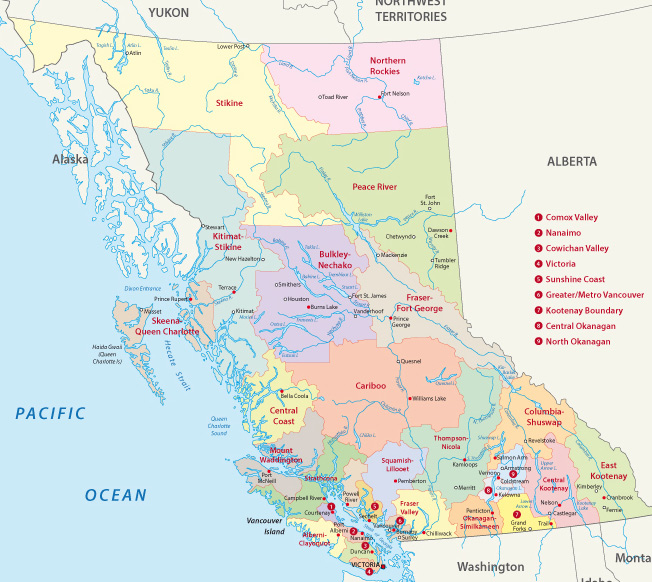
The Canadian Bar Association-British Columbia branch’s Rural Education and Access to Lawyer Initiative program is getting creative when it comes to placing students in small or rural areas where there is an acute need for lawyers.
 “Some applicants are interested in sharing a student,” says REAL project manager Angela McCue, who wrestles annually with the logistics of getting more second-year law students and articling students into rural high-needs areas, especially those where legal aid services are needed.
“Some applicants are interested in sharing a student,” says REAL project manager Angela McCue, who wrestles annually with the logistics of getting more second-year law students and articling students into rural high-needs areas, especially those where legal aid services are needed.
The difficulty faced by programs such as REAL and articling students wanting to practise in small towns is that many of the existing lawyers in underserved smaller or rural areas have moved into semi-retirement as the greying of the bar gains momentum.
“They are winding down their practice for whatever reason,” she says.
The average age of B.C. lawyers is approximately 50, according to REAL.
“But in smaller communities and rural areas, the age is significantly higher with the average age in many communities in the 60s (with some as high as 70 years old),” a fact sheet points out.
McCue says the Law Society of British Columbia requires students have full-time supervision. One way to ensure that, but work within the reality of the demographics occurring in communities, is to find lawyers willing to share a student. McCue says she is also open to hearing from lawyers who want to share a third-year student looking to article so she can help in bringing those lawyers together.
Annother scenario ripe for student sharing is where one lawyer does mainly litigation while another is a solicitor and each party might not feel they are giving a student the well-rounded practical experience a student should have.
“But, we put them together, it is a marriage made in heaven,” she says.
There are approximately 11,000 B.C. practising lawyers in the province but 86 per cent are located in Victoria, Vancouver, and New Westminster. The REAL program has produced a list of B.C. communities considered high-need and requiring lawyers.
LSBC statistics estimate there is one lawyer for every 450 people on average in the province. But, in smaller or rural communities that figure is one lawyer for every 1,000 persons.
The REAL program’s high-need list of communities (available here) includes towns where there is less than one lawyer per 1,000 residents. McCue says in some communities, the figures can be as low as one lawyer for 10,000 people.
McCue said that the REAL program focuses on second year students, providing funding for lawyers to take on the students; however it can provide information and support for third year students looking to article in a smaller non-urban area as well.
McCue encourages first-year students to visit smaller communities in need of lawyers so they have an idea of the lifestyle and opportunities that such a community can offer.
She encourages second-year students, and articling students, to also visit communities and talk to members of the legal community there. She says often rural lawyers want to meet students in person before hiring them to determine if they will fit into the firm.
She says over time, the REAL program has become more selective in its choice of candidates as is now focusing on retention rather than simply placement because of the growing need to provide lawyers in these high-need areas.
A total of 100 students have been placed since the program began but not all have stayed in smaller communities.